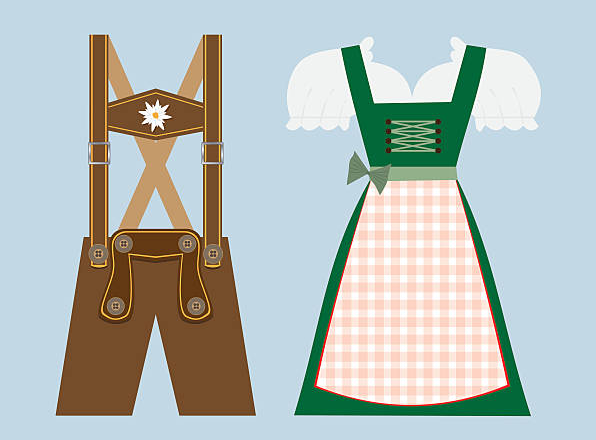Cuba, a land rich in culture and history, boasts the unique Cuba National Dress known as “Bata Cubana.” This traditional attire is more than just clothing; it encapsulates the essence of Cuban identity and tells a captivating story of the island’s past. In this article, we delve into the intricate details of Bata Cubana, uncovering its significance, historical roots, and contemporary relevance. Join us on this journey as we unravel the vibrant threads that make up Cuba’s cultural fabric.
Bata Cubana, also known as the Cuban national dress, stands as a testament to Cuba’s cultural richness and diversity. This attire is a cherished symbol that reflects the fusion of indigenous, African, and Spanish influences. Each stitch, pattern, and color tells a story, connecting the present generation to the ancestral roots of the island.
Origins and Historical Evolution of Bata Cubana
The origins of Bata Cubana can be traced back to the colonial era when African slaves brought their unique fashion sensibilities to the island. Over time, these influences merged with traditional Spanish attire, resulting in a distinctive style that embodies Cuba’s multicultural heritage.
Cuba National Dress: Design Elements and Symbolism
Bata Cubana typically consists of a loose-fitting, flowy blouse paired with a matching skirt. The vibrant colors and intricate embroidery showcase the skilled craftsmanship of Cuban artisans. These designs often carry profound symbolism, representing themes of unity, spirituality, and resilience.
Cuba National Dress: Variations Across Regions and Occasions
Cuba’s diverse regions have contributed to the evolution of Bata Cubana, leading to a variety of styles and interpretations. From the rumba-infused ensembles of Havana to the more subdued elegance of the countryside, Bata Cubana adapts to different occasions while retaining its core essence.
Bata Cubana: A Reflection of Cuban Identity
More than just a dress, Bata Cubana is a cultural emblem that signifies a shared identity among Cubans. It transcends age and gender, serving as a unifying force that celebrates the country’s past while embracing its future.
Cuba National Dress: Craftsmanship and Artistry
The creation of Bata Cubana involves meticulous craftsmanship. Artisans dedicate hours to perfecting each garment, employing techniques passed down through generations. This dedication to preserving tradition contributes to the timeless allure of Bata Cubana.
The Influence of Bata Cubana in Modern Fashion
In recent years, Bata Cubana has gained attention beyond Cuba’s borders. Renowned designers have drawn inspiration from its unique aesthetics, incorporating elements of Bata Cubana into contemporary fashion collections. This fusion of old and new showcases the enduring appeal of this traditional dress.
Safeguarding and Reviving Tradition
Efforts to preserve and revitalize Bata Cubana have gained momentum. Cultural organizations and individuals alike are working tirelessly to ensure that this cherished attire continues to thrive, passing its legacy on to future generations.
FAQs about Bata Cubana
Q1: What occasions are Bata Cubana typically worn for?
A: Bata Cubana is worn on various occasions, including festivals, religious ceremonies, and special celebrations.
Q2: How does Bata Cubana reflect Cuba’s multicultural history?
A: Bata Cubana’s fusion of indigenous, African, and Spanish influences encapsulates Cuba’s diverse past.
Q3: Are there specific colors that hold special significance in Bata Cubana?
A: Yes, certain colors in Bata Cubana’s embroidery often carry symbolic meanings. For instance, white may symbolize purity and spirituality.
Q4: How has Bata Cubana influenced modern fashion trends?
A: Bata Cubana’s vibrant patterns and loose-fitting styles have inspired contemporary fashion designers, leading to innovative creations.
Q5: What role does Bata Cubana play in Cuban cultural identity today?
A: Bata Cubana remains a powerful symbol of Cuban identity, connecting present generations to their cultural roots.
References
[1] Pérez, L. E. (2007). “Cuba: Between Reform and Revolution.” Oxford University Press.
[2] Guanche, J. (2006). “Cuban Cultural Heritage: A Journey through Cuba from Sea to Shining Sea.” J. Guanche.
[3] Pérez-Firmat, G. (1995). “Life on the Hyphen: The Cuban-American Way.” University of Texas Press.

